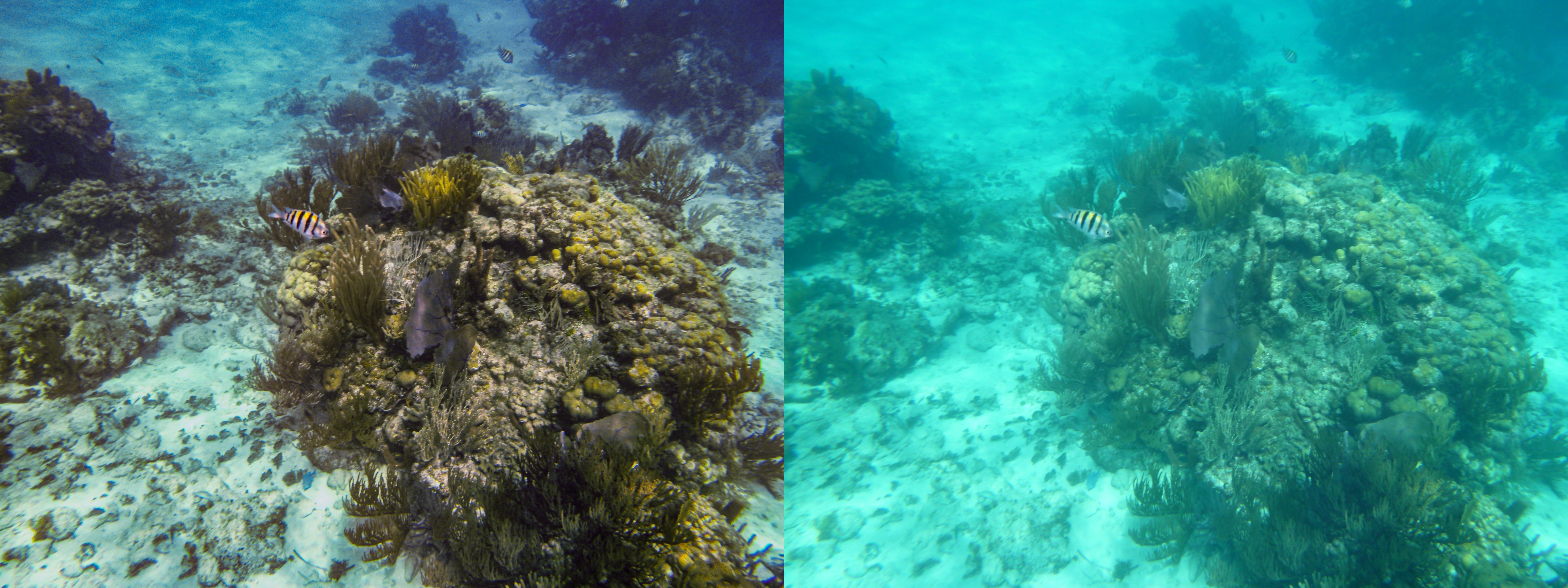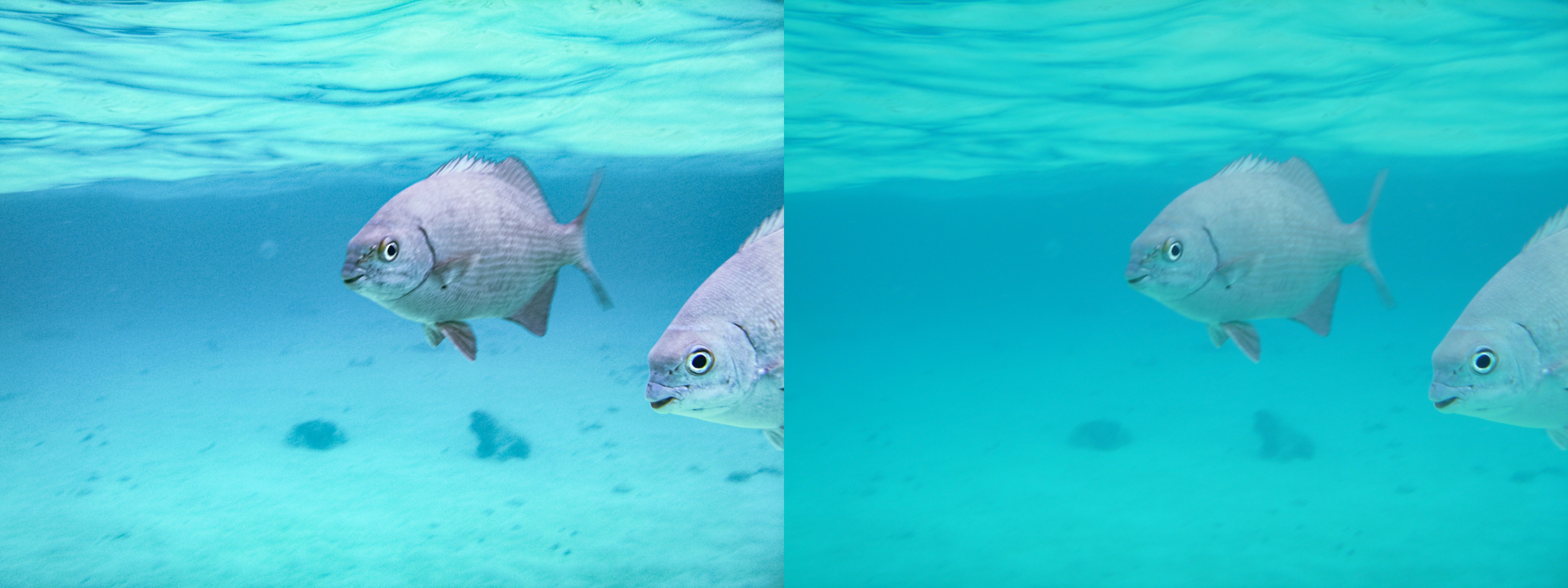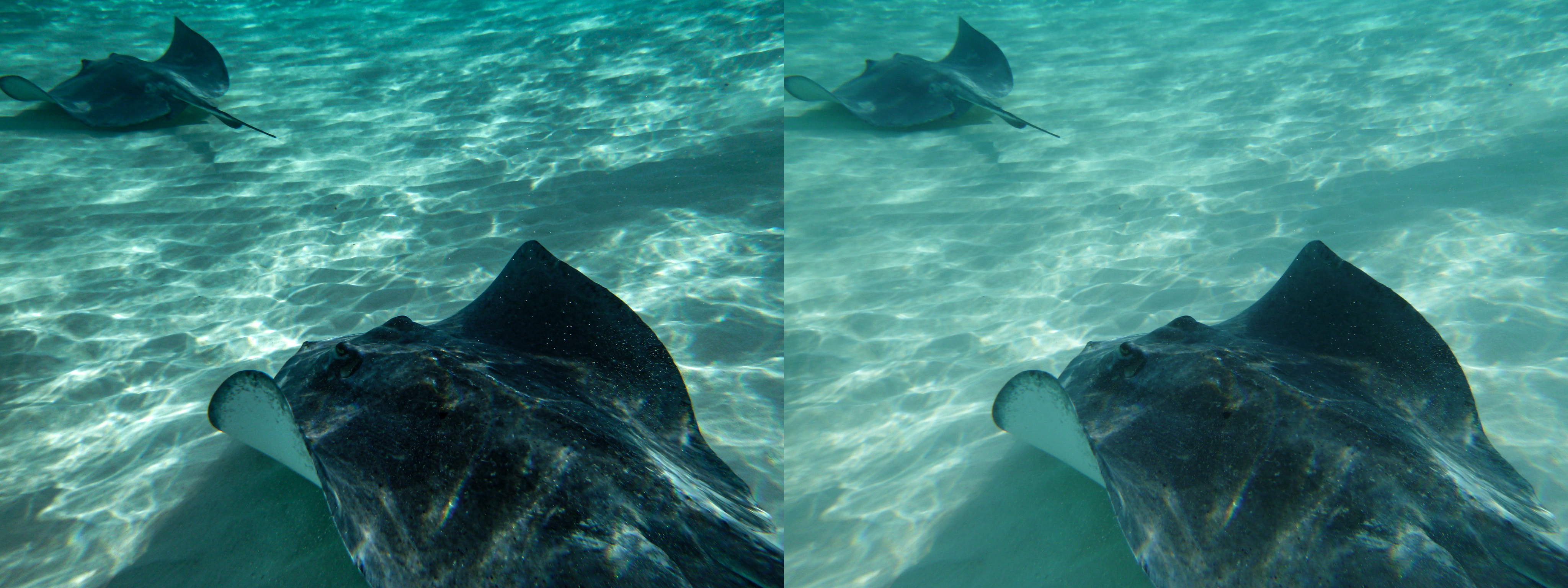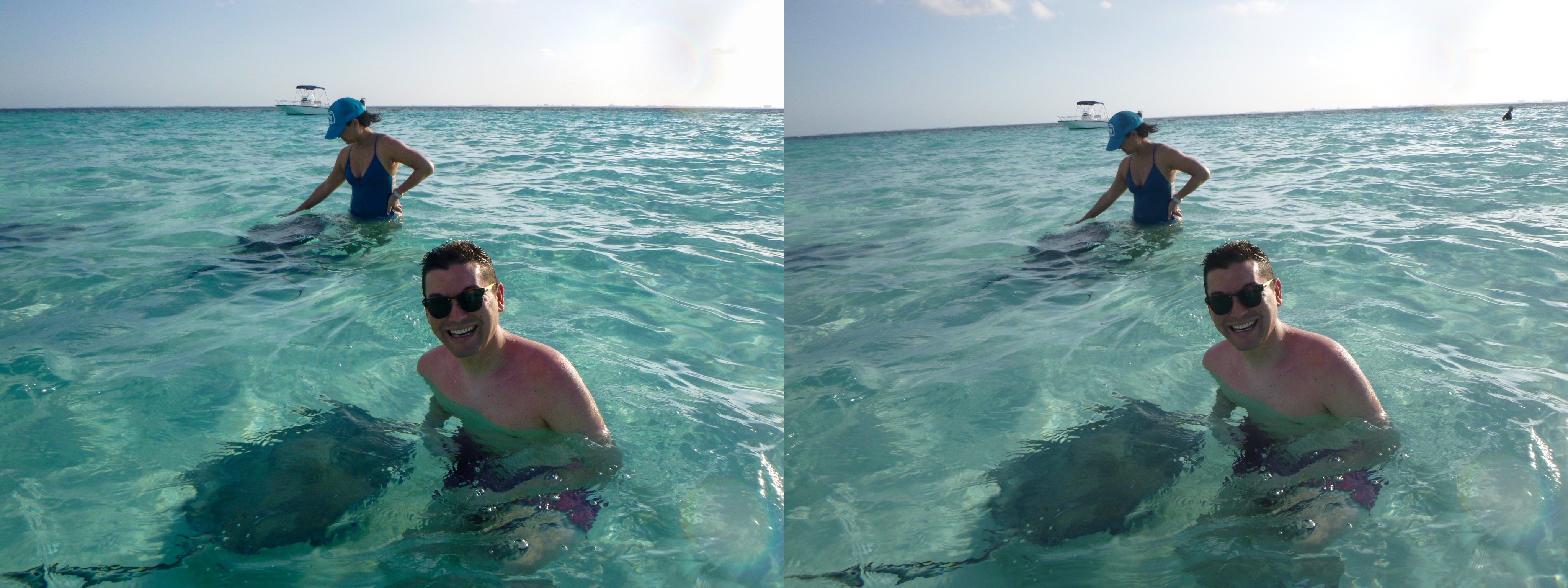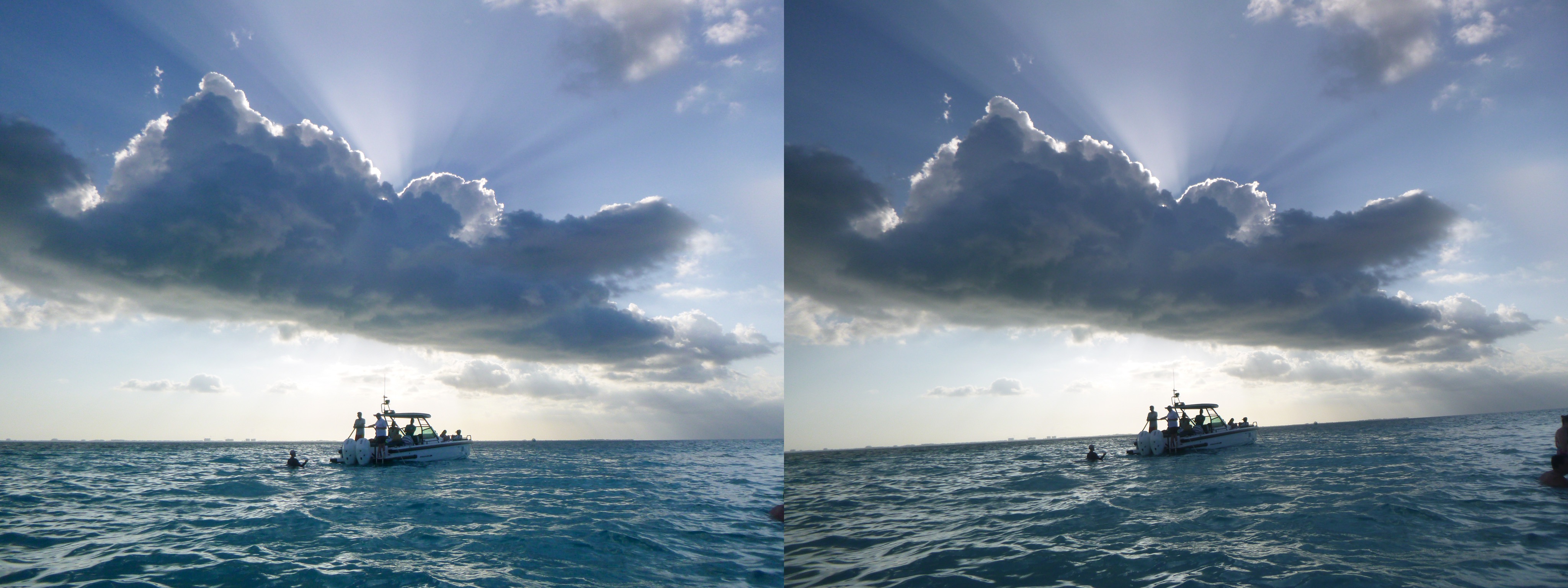The Worst Underwater Camera I Own
In my post about the cameras I had in 2021 (which has since changed quite a bit) I talked about the one I hated the most, the Panasonic Lumix DMC-TS25. It has horrendous shutter lag, the lens is too slow to use in anything but brightly-lit purified water, the display on the back is unusable in most lighting conditions, the menu system is designed to be “easy” in one of those ways where it makes things difficult, the battery life is atrocious, the amount of time it takes to startup and shoot - I could keep going on.
It is, however, the only underwater camera I own, and that classic axiom of “the best underwater camera is the only underwater camera you have with you” definitely applies.
I decided to reassess the camera and try to see the positives in it. There’s a YouTuber/Instagram photographer that I follow, Ali, and her whole deal is working with old cameras to see what someone can really get out of them. To look back at technology of yesteryear and see what you can really do with it. Some of it is about vibes that is unscientific — but rightfully so! Photography is an art, not a lab test pattern.
One of her mantras, and I have no idea if she’s the originator of this, is “no bad cameras” and as anyone that’s read this blog for more than one post might guess, that’s not exactly my deal, but I’m trying.
You see, when my boyfriend and I were planning our trip to Grand Cayman in March we wanted to buy a replacement underwater camera, but the budget for buying a replacement camera was $0 and not the hundreds it would cost for something well reviewed. That meant we would pack the dreaded Lumix. I went through the menus ahead of time trying to optimize the various “scene” settings it had, and doing things like turning off the digital zoom that kicks in after the optical zoom range, and adjusting ISO settings. It’s a very fiddly, and annoying thing. Like I said, Panasonic tried to make it easy for beginners, but in that way where stuff has a short, weird name and an icon and you have to consult the manual in order to figure out what the hell the thing is actually for.
For example, there’s an Advanced Underwater mode, and there are retouching tools for that, but it’s a post-process that tries to recover red. I don’t use this setting at all because Lightroom is much better at recovering information with adjustable controls and tools like dehaze.
The camera still disappointed when my boyfriend took it to the reef, where the water wasn’t murky, but there was still that heavy haze and dark blue or green cast that made the photos look murkier than what he was seeing with his own eyes. Fortunately, when we got back to the rental apartment I was able to plug that SD card into my iPhone, fire up Lightroom, and adjust the photo to his recollection of the color. The settings could be easily copied and applied to the others.
However one thing I couldn’t fix was the slow shutter speed the camera picked. To get around the slow lens, and poor low-ISO performance of the sensor, the camera favors lower shutter speeds to let more light in over a longer interval. 1/80th of a second is, in my opinion, far too slow to use in dynamic underwater conditions where everything is moving, especially the camera. Here’s a shot from Jason where I was able to recover the color information, but I couldn’t do anything to fix the smeariness of the low shutter. And if you’re curious this is the noise you get at ISO 100
Take Me Down to Stingray City
Where the water is cerulean and the rays are pretty.
This is really where the camera shined, but it should have, because it was a shallow sandbar with clear water so there’s minimal loss of light. The shutter lag was still pretty bad, and the I have a lot of shots where the stingrays are breaking the edge of frame because I was trying to guess where the moving ray would be as I was taking a shot and pRaying for the best. You need to skate to where the puck is going.
Just like the trip to Hawai’i where I first used it, the best place to use the camera is still above water, and because we were in shallow water where none of us were submerged I could bring the camera up and take a shot, and then plunge the camera back under to get a shot of the rays. The color reproduction above water is markedly better than below. It’s punchy, but not unnatural, and it exposes well in strong sunlight conditions with plenty of midrange, but still preserving some sky detail, like sun rays.
Then the camera died right before we headed back in.
Raygrets?
I’ve had a few, but I don’t take back anything I said about the camera. It’s still not an ideal camera in even the best circumstances, but it’s better than nothing. I wouldn’t have taken an iPhone out to a reef, that’s for sure, and it kept me from spending several hundred dollars on something else.
I did, however, use it as kind of a “joke” when I wrote a post for Six Colors last month. In it, I advocated for going outside with old cameras and taking some photos. I put the Lumix into the mix to see how it would perform because it is the worst camera that uses SD cards and has working batteries that I have. It was unsurprisingly pretty bad! It was the smallest of the cameras, but thicker than the iPhone. The lens struggled with flaring, glare, and lack of contrast. It does give that lo-fi look that digicam shooters like, but there are inarguably better digicams to use on dry land.
There will always be a time and a place for using this camera, at least until I get a better one, but without any aquatic adventures, it’s a real fish out of water.
Category: text
